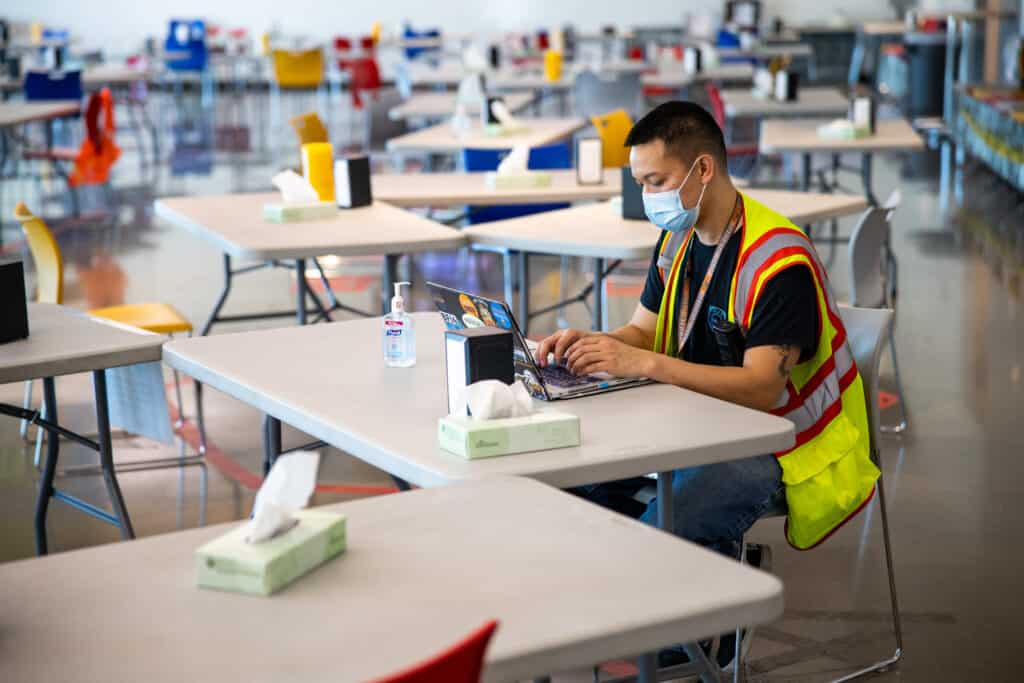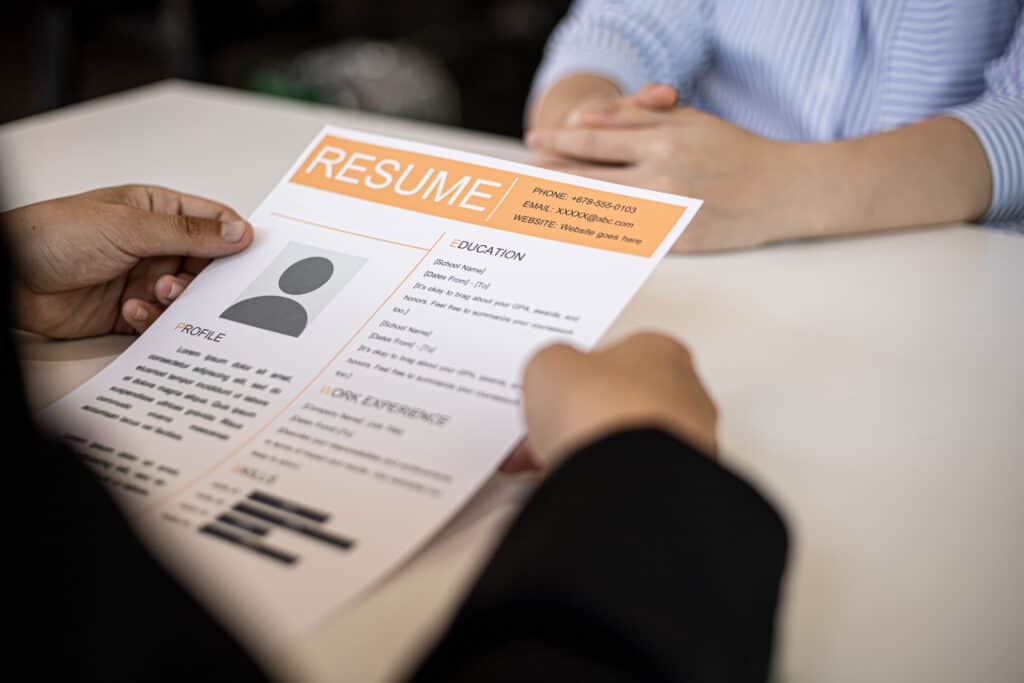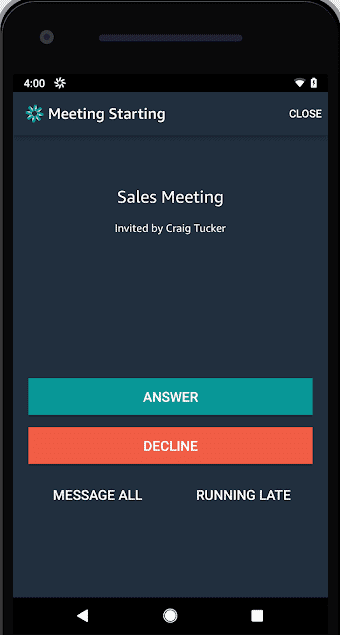
Amazon affords plenty of opportunities for advancement to its warehouse employees.
There are multiple job ranks at Amazon warehouses that employees can advance through from the time they are hired.
These ranks are worth exploring so that we can have a clear understanding of what they are, and more importantly, what it takes to climb up the ladder.
Ranks at Amazon are divided into Tiers (T) and Levels (L).
The difference between the T rank and the L rank is that T compensation is tied to the building’s performance and is capped while L compensation is tied to individual performance and is uncapped.
Tiers are usually seen at lower ranks (e.g. Tiers 1 thru 3) and are generally paid less than L positions. Tier 2 exists in some Amazon warehouses but is not common.
L positions run from L1 through L12 except for L9 which doesn’t exist. Fun fact – only one position can be L12 – the CEO.
We will focus on job ranks typically found in most Amazon fulfillment centers, i.e., Tier 1, Tier 3 and Level 4.
| Rank | Description | Example job titles | Type of pay |
|---|---|---|---|
| Tier 1 (T1) | Entry level positions | Pickers, stowers, water spiders, sorters | Hourly (pay increases every 6 months and is capped after 3 years) |
| T3 | Tier 3 are supervisory positions | Usually process assistants (PAs) but might also include trainers, yard specialists, process assistants | Hourly |
| Level 4 (L4) | These are floor managers | Area managers, operations managers, learning coordinators | Salaried (except for transport operations management (TOM), safety, etc which are hourly.) |
| L5 and above | These are operations and seniority based positions. | Site managers, operations manager (L6), senior operations manager (L7), general manager (L8) | Salaried |
Introduction
This article is mainly geared towards T1 workers who want to advance to T3 and then to L4 and above.
Tier 1 employees who want to move up will typically get promoted to Tier 3 as the next stage in career progression.
T3 process assistants are essentially what are referred to as assistant managers in other organizations.
Getting from T1 to T3 is relatively easy and in some cases, associates have been known to advance to Tier 3 in less than a year.
Requirements
There a few easy steps you need to take to improve your chances of getting promoted at Amazon:
Network With Your Superiors
Your immediate supervisors such as PAs and area managers should be your first point of contact when trying to advance your career at Amazon.
They are familiar with the process since they have been through it themselves.
Let them know of your intentions for career advancement at Amazon. Become a champion of your own career growth. Most of them are willing to help you move up if you express interest.
They will also be in a position to vouch for you during interviews if you are in good terms with them.
So it never hurts to be friendly and approachable with the higher ups – which is a crucial networking skill in itself.
Experience
Previous experience matters especially if you are applying for a job internally.
Advancing from T1 to T3 doesn’t need much experience. You can do it in less than six months.
To apply for an L4 position you would need either a Bachelor’s degree or a two years experience as a blue badge T1 associate.
Become a Learning Ambassador (Optional)
Becoming a learning ambassador is not a requirement for promotion but it is encouraged.
Experience as a learning ambassador is an advantage and it will improve your chances for getting promoted to a T3 position.
Note that there is no pay increase if you get the learning ambassador job.
Application Process
For internal applications, use the Jobfinder portal, i.e., https://jobfinder.amazon.com.
You can only access Jobfinder using Amazon’s internal network/intranet. This network can be accessed from the computers at the break room or the HR office (ERC room). To log in, use your A to Z app username and password.
To find available positions, search for your facility’s code on the search bar and all open positions at your specific location will be listed.
You may not find the job you want listed right away, so it’s good practice to keep checking regularly as new positions keep getting added.
You cannot access Jobfinder from outside or using your building’s WiFi network. If you can’t find the intranet connected computers, talk to your manager or even security – they should be able to help you out.
Resume

Your resume is going to be important when submitting applications for promotion.
Use it to outline all major roles you have worked in at Amazon.
Include the times you have successfully provided leadership and guidance to fellow employees.
Also emphasize the fact that you are a team player by giving examples of how you’ve worked as a team to accomplish goals.
Don’t be afraid to take credit for results you have achieved both as an individual or as a team.
Remember, you are trying to show the hiring manager why they should consider you over all the other applicants.
Lastly, look into tools like Jobscan that help you create a resume that gets past Amazon’s applicant tracking system (ATS).
After the Application
After submission, your application is put in “under consideration” status.
Beware that your application can remain in this status for weeks. It is a good idea to Chime or email the hiring manager and ask for updates.
This may actually help in moving things along faster.
If your application is approved, you will receive an email confirmation.
Before the Interview
Practice with mock interviews before doing the actual interview. Doing so will boost your confidence and get you ready for the interview.
Your area manager should be able to help you out with the mock interview if you ask them.
Additionally, go through Amazon’s instructions on how to prepare for the interview.
The Interview
Due to the pandemic most interviews at Amazon are now done virtually (using Amazon Chime) – an Internet Messenger (IM) for Amazon employees.

Amazon interviews are behavioural-based and use the STAR (situation, task, action, result) technique.
With this technique, an interviewer expects you to answer questions about how you have handled challenges in the workplace based on your previous experience. They start with phrases such as “Tell me about a time when…”.
Express your achievements as a metric or number, e.g., your picking rate.
Expect to get some math and role-play questions. These are simple if you have adequately prepped for them with your AM.
Here is a useful resource if you want to learn how to answer behavioral interview questions comfortably.
After the Interview
You will get feedback on your interview in one to two weeks through email or a phone call.
If you pass the interview, you you are given the opportunity to either accept or take an incline.
An incline means having a job offer on file but not actually taking it. The next time the job is advertised and you apply for it, you get the job without going through another interview.
Getting Hired Externally
Amazon does a lot of external recruitment for higher level positions such as L4. Some examples of external recruitment programs offered are Amazon Pathways, Amazon Military and Campus Next.
With the exception of Campus Next, external hires receive more compensation than colleagues who are hired internally for the same position.
In some cases, associates who wish to get promoted resign from their current positions and apply for their desired positions through these external programs.
Pros and Cons of Getting a Promotion
As with any other company, getting promoted at Amazon is a good way to advance your career. However, it is not all sunshine and rainbows.
Pros
You get a pay raise after being promoted from a T1 associate to T3. In most cases it’s by a dollar or two. For T3 positions, you may get around 25 cents in pay raise every six months until you reach a wage cap.
Once you get to L4 and above, getting promoted gets even easier; generally around once every two years.
If you get an incline, you won’t have to do an interview for the position you applied for should you want to apply for it in future. In fact, you may get hired in that position at a different warehouse without having to go through the interview process again.
Cons
The pay increase is usually not that much so sometimes it may not be commensurate with the amount of workload you get after promotion.
Some promotions, such as process guides (PG), don’t have pay raises but have more responsibilities.
Salaried employees, i.e., L4 and above can work upwards of 70 hours a week. Increased overtime without additional pay means that your hourly rate is reduced.